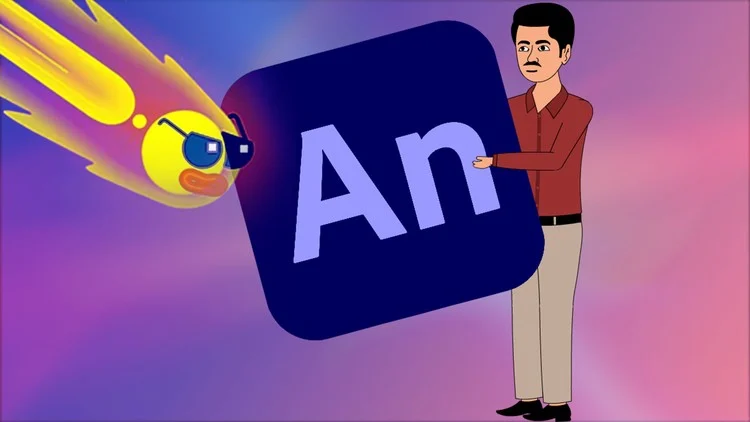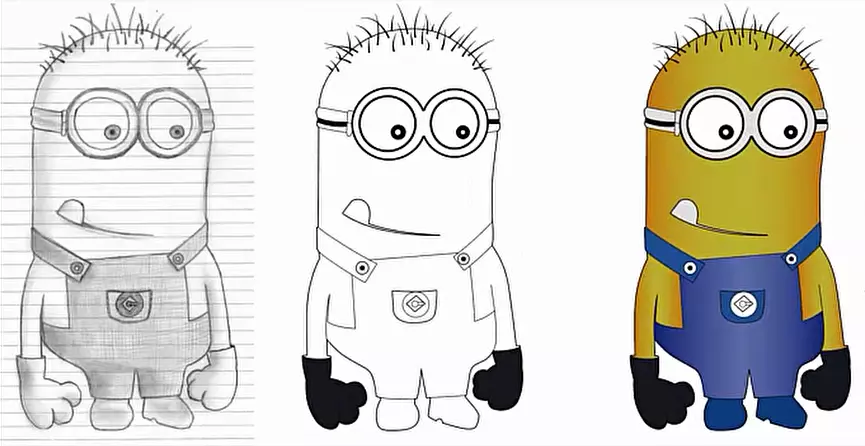Telling stories through cartoons is a powerful way to communicate ideas, emotions, and narratives. Cartoons combine visuals and humor to create engaging tales that resonate with audiences of all ages. In this article, we’ll discuss ten essential techniques that can help you effectively tell stories through cartoons. Each point will focus on how to enhance your storytelling skills, making your cartoons more compelling and memorable.
1. Develop Strong Characters
To succeed in telling stories through cartoons, start by creating strong characters. Your characters should have distinct personalities, backgrounds, and motivations. Think about what makes them unique and relatable. For instance, a shy character might struggle to find their voice, while a brave character faces challenges head-on. When audiences connect with your characters, they become invested in their journey, making your story more engaging.

2. Create a Clear Plot
A clear and structured plot is vital for effective storytelling. In cartoons, the plot typically follows a simple structure: introduction, conflict, climax, and resolution. Introduce your characters and setting at the beginning. Then, present a challenge or conflict that your characters must face. Build up to a climax where the tension is highest, and finally, resolve the story in a satisfying way. This structure helps your audience follow the story easily and keeps them interested.
3. Use Humor Wisely
Humor is a key element in telling stories through cartoons. It can lighten the mood, make characters relatable, and keep your audience engaged. Use witty dialogue, funny situations, and visual gags to add humor to your story. However, be careful not to overdo it. Too much humor can distract from the main plot. Instead, balance humor with emotional moments to create a well-rounded narrative.
4. Incorporate Emotions
Emotions play a significant role in storytelling. To effectively convey feelings, use facial expressions and body language in your cartoons. Characters should show their emotions through exaggerated expressions, such as wide eyes for surprise or a frown for sadness. By incorporating these elements, you enhance the emotional depth of your story, allowing audiences to connect with the characters on a personal level.
5. Focus on Visual Storytelling
Since cartoons are a visual medium, focusing on visual storytelling is crucial. Use images to convey ideas that words alone may not express. For example, a character’s journey can be illustrated through their changing environment or background. This technique helps viewers understand the story without relying solely on dialogue. Utilize color, shapes, and composition to enhance the visual aspect of your narrative.
6. Create Engaging Dialogue
Dialogue is essential for telling stories through cartoons. Well-written dialogue helps develop characters and move the plot forward. Make sure your characters have distinct voices and speaking styles. Use humor, slang, or unique phrases to give each character a personality. Engaging dialogue can also create tension and conflict, making your story more exciting and dynamic.
7. Show, Don’t Tell
One of the best techniques in storytelling is to “show, don’t tell.” Instead of explaining a character’s feelings or thoughts, illustrate them through actions and visuals. For example, instead of saying a character is angry, show them clenching their fists and furrowing their brows. This technique allows the audience to interpret emotions for themselves, creating a deeper connection to the story.
8. Use Symbolism and Metaphors
Symbolism and metaphors can enhance your storytelling by adding layers of meaning. For instance, a character who faces a storm may symbolize inner turmoil. By using these devices, you encourage your audience to think critically about your story and its themes. This adds depth to your narrative, making it more thought-provoking and memorable.
9. Keep It Concise
In cartoons, less is often more. Keeping your story concise ensures that you maintain your audience’s attention. Focus on the essential elements of your plot and avoid unnecessary details. Use concise dialogue and visuals to convey your message effectively. This brevity allows your audience to absorb the story quickly and enhances the impact of your narrative.
10. Practice and Experiment
Finally, practice and experimentation are crucial in mastering the art of telling stories through cartoons. Try different styles, formats, and techniques to find what works best for you. Don’t be afraid to make mistakes; they can lead to valuable lessons. Keep refining your skills and exploring new ideas to improve your storytelling abilities.
Conclusion
Telling stories through cartoons is an exciting and effective way to connect with audiences. By developing strong characters, creating clear plots, and using humor and emotions wisely, you can create engaging narratives that resonate with viewers. Focus on visual storytelling, write engaging dialogue, and incorporate symbolism to enhance your stories further. With practice and experimentation, you can master the art of cartoon storytelling and create memorable experiences for your audience.











